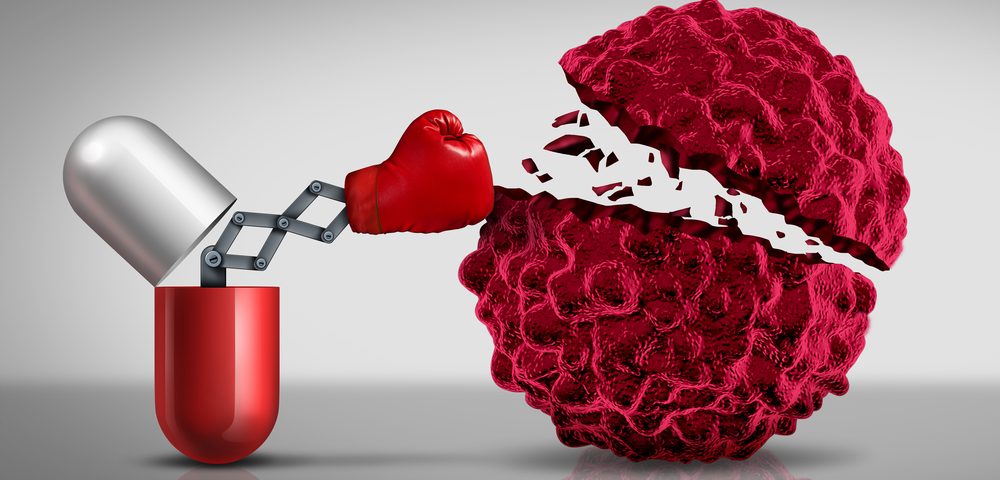The PD-L1 molecule can mask cancer’s pain, enabling malignancies to develop and spread without sending alarms to the immune system, according to a study.
Researchers from Duke University School of Medicine discovered that Opdivo (nivolumab) fights cancer two ways. It helps prevent immune cell suppression. And it allows signal nerve cells to generate sensations of pain in cancer, alerting the immune system that there’s a problem that needs addressing.
It is the first study to attribute both a neuromodulator and pain inhibitor role to PD-L1, whose full scientific name is programmed death-ligand 1. The research, “PD-L1 inhibits acute and chronic pain by suppressing nociceptive neuron activity via PD-1,” was published in the journal Nature Neuroscience.
PD-1 is the programmed cell death protein. PD-L1 is a chemically different form of the protein.
In the early stages of cancer there is no pain associated with malignant cells’ development. When cancer becomes more aggressive and spreads, the malignant cells release molecules that trigger pain, starting with pain-sensing nerve fibers.
The Duke group has been studying pain more than two decades. Recently, the team observed that melanoma mouse models did not show the typical signs of pain that they had seen in other types of cancer. The researchers also knew that melanoma cells can produce PD-L1 molecules that bind to PD-1 receptors in the white cells of the immune system, decreasing the immune response against cancer.
“Cancer cells are smart. We already knew that they produced PD-L1 to suppress the immune system,” Dr. Ru-Rong Ji, professor of anesthesiology and neurobiology at the Duke University School of Medicine, said in a press release.
That prompted his team to see if there were an association between PD-L1 and pain. They treated mice that had melanoma with Opdivo, then evaluated their pain levels. The mice were more sensitive to pain after treatment, the researchers discovered. In addition, Opdivo itself caused spontaneous pain in the mice.
Next the team did the opposite experiment. They injected PD-L1, the pain-masking factor, into the hind paws or spinal cord of mouse models of three types of pain: inflammatory, neuropathic, and bone cancer pain. Surprisingly, the injections of PD-L1 had an analgesic effect in all models, blocking the mice’s sensitivity to pain.
“The effect was surprisingly fast,” Ji said.”We saw a reduction of pain in under half an hour.”
To understand how PD-L1 suppressed the mice’s pain, the researchers made lab cultures of two types of neurons from mice and humans. One type was neurons in the spine’s dorsal root ganglion and the other type neurons near the top of the spinal cord. Some of the cultures included PD-L1 and some did not.
The team then recorded the electrical activity of the cells. PD-L1 inhibited the neurons’ ability to transmit signals in response to pain, they discovered.
Overall, the researchers showed that the PD-L1 molecule can mask pain, enabling cancers to develop and produce metastasis without sending alarm messages to the immune system. The finding prompted researchers to acknowledge pain as a new player in the defense system.
The findings should be able to help scientists develop new treatments for pain and predict the effectiveness of immunotherapies based on PD-1 and PD-L1.
“The response to cancer drugs can take a long time — weeks to months,” Ji noted. “The response to pain happens in minutes to hours.”
Ji’s group now wants to investigate whether pain-masking dynamics are similar with other immunotherapies, to work together with doctors to evaluate changes in cancer patients’ sensitivity to pain, and to develop new cancer diagnostic tools based on their findings.


